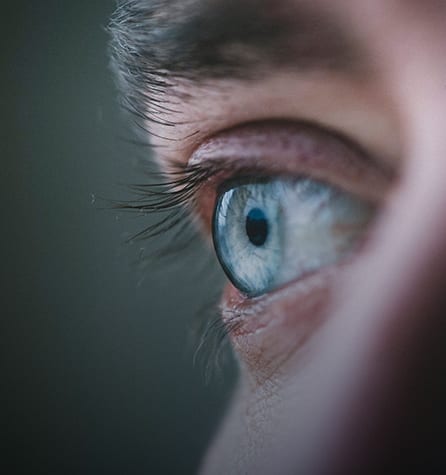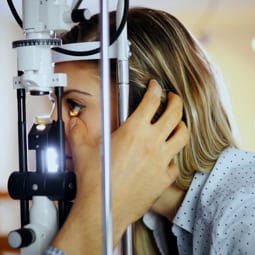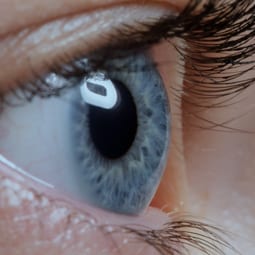Diabetic Eye Diseases
Nonproliferative Diabetic Retinopathy (NPDR)
Nonproliferative diabetic retinopathy (NPDR) is the first phase of diabetic retinopathy, occurring when your retinal blood vessels respond to sugar buildup by leaking. Fluid buildup between the retina’s cellular layers can result in swelling of the macula, the part of the retina responsible for detailed central vision.
As sugar blockages cut off blood flow, the blood vessels in the retina begin to bulge. Sometimes, these blockages starve the macula’s cells of oxygen, leading to a condition called macular ischemia.
Blurred vision is one of the usual symptoms of NPDR. NPDR can also advance to a more severe stage, called proliferative diabetic retinopathy (PDR).
Proliferative Diabetic Retinopathy (PDR)
PDR comes with the existing symptoms of NPDR, and a complicated new symptom called neovascularization, the growth of new blood vessels. These new retinal vessels fan out to relieve the pressure in the retinal system.
However, these new vessels are weak and unstable, often breaking and leaking into the central water chamber, which can discolour your vision. This process also creates scar tissue, which interrupts the smooth retinal surface, impacting your eyesight.
Diabetic Macular Edema (DME)
Macular swelling from retinopathy can trigger diabetic macular edema (DME), which is the swelling of the macula.
When the macula swells, you may experience vision loss, washed out, or blurry vision. DME becomes worse without treatment and can develop at various stages of diabetic retinopathy.
Diabetes & Glaucoma
Patients with diabetes are twice as likely to develop glaucoma as patients without diabetes. The retina’s blood vessels can leak into the main water chamber of the eye. Those leaks can interfere with natural drainage passages near the lenses of your eye. This drainage block can cause increased intraocular pressure, slowly damaging the optic nerve, resulting in glaucoma.

















